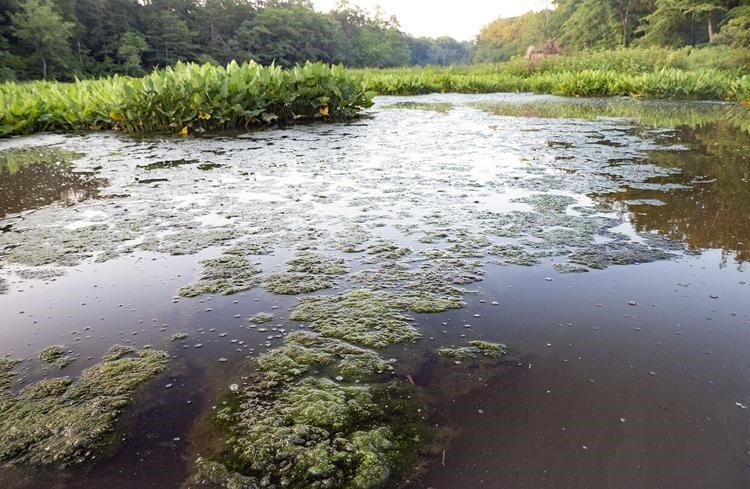Reporter Tip Sheet: Chesapeake Bay Program release the status of water quality improvement efforts with input from Virginia Tech expert on how restoration can be accelerated

For more than 40 years, there has been an effort to reduce nutrient loads to improve water quality in the Chesapeake Bay. The Bay’s Scientific and Technical Advisory Committee released a report on its three-year investigation into this effort.
The results suggest that significant adjustments are needed to the existing programs as well as public expectations to improve the Bay’s health.
"This report set out to focus on a tremendous amount of scientific expertise that looked at everything the findings were telling us from how people pollutant processes to how the Bay is responding to water quality improvement efforts,” said Kurt Stephenson, an agricultural economist and professor with the Department of Agricultural and Applied Economics at Virginia Tech and co-editor of the report.
The results described a number of reasons why pollutant reduction and Bay water quality goals are not being met. It examined how effective current actions have helped to reduce nutrient pollution from wastewater treatment plants—point sources—and farms and developed lands—non-point sources.
While there has been success in reducing nutrient pollution from point sources, findings indicate that actions taken to reduce pollution from nonpoint sources are insufficient to achieve pollutant reduction goals. Existing programs are not generating enough participation and the best management practices being installed are not generating the expected magnitude of pollutant reductions.
“Achieving nonpoint source pollution reductions cannot be achieved by simply spending more time and effort on the same programs,” Stephenson said. “Making significant progress in reducing nonpoint source pollution will require the development and testing of new approaches and programs.”
Agriculture is the single largest source of nutrients to the Bay, while urban stormwater is the fastest-growing source of nutrients.
The report also discusses water quality improvements that can be better targeted to increase Bay fish, oyster, and crab populations. It may not be possible to achieve water quality goals everywhere in the Bay. Still, improvements can be made to areas that significantly impact fish and other aquatic organisms.
The full report can be found here: https://www.chesapeake.org/stac/cesr
About Kurt Stephenson: Kurt Stephenson's research interests include market-based environmental policies, water resource economics and policy, and the role of economic analysis in public policy. His current work focuses on environmental trading programs such as water quality trading, carbon offset, credit programs, and wetland mitigation, evaluation of agricultural nonpoint source policies, and the design of payment for environmental service programs.
About the initiative: The effort began as a Scientific and Technical Advisory Committee independent initiative in March 2019, after Kurt Stephenson and professors in the Department of Biological Systems Engineering at Virginia Tech, Zach Easton and Brian Benham, proposed the idea of a report that would identify gaps and uncertainties in system response—physical, chemical, biological, and socioeconomic—that impact efforts designed to attain water quality standards in the Chesapeake Bay.
By Melissa Vidmar
June 2023


